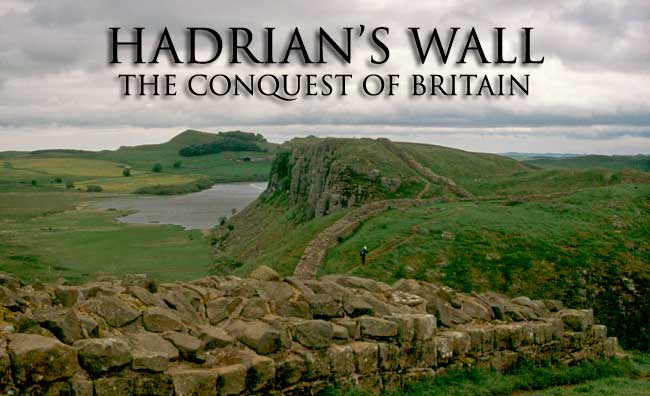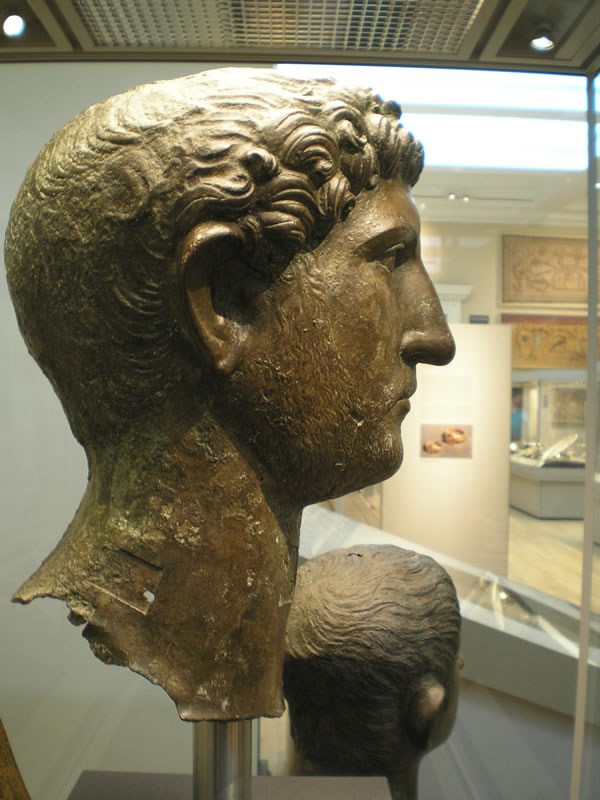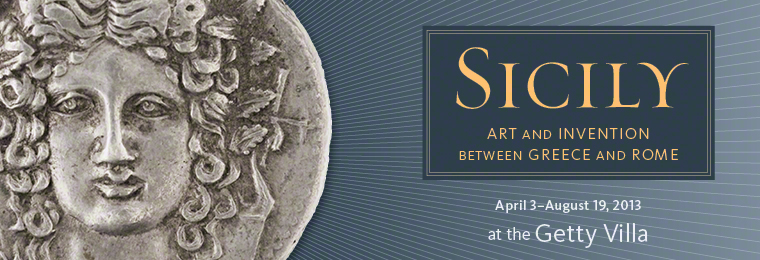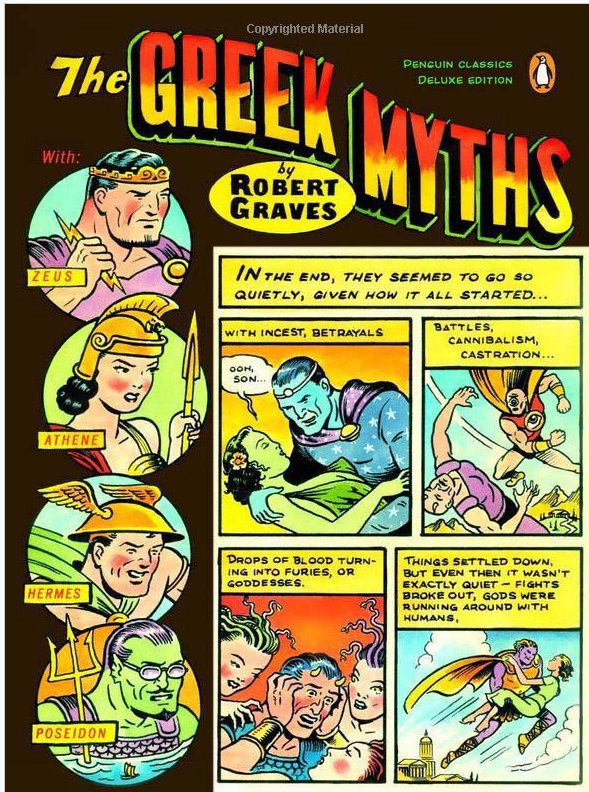Elysium seems to be a heavenly (literally in space) oasis that does not allow any war, poverty, or sickness. It is in its essence a dystopia film, but the elements of Greek mythology make is relevant to this blog.
In Homer’s Odyssey, Elysium is described as a paradise:
to the Elysian plain…where life is easiest for men. No snow is there, nor heavy storm, nor ever rain, but ever does Ocean send up blasts of the shrill-blowing West Wind that they may give cooling to men.According to Eustathius of Thessalonica[12] the word "Elysium" (Ἠλύσιον) derives from ἀλυουσας (ἀλύω, to be deeply stirred from joy[13]) or from ἀλύτως, synonymous of ἀφθάρτως (ἄφθαρτος, incorruptible[14]), referring to souls' life in this place. Another suggestion is from ελυθ-, ἔρχομαι (to come).[15]
— Homer, Odyssey (4.560-565)[11]
The Greek oral poet Hesiod refers to the Isles of the Blessed in his didactic poem Works and Days. In his book Greek Religion, Walter Burkert notes the connection with the motif of far-off Dilmun: "Thus Achilles is transported to the White Isle, which may refer to Mount Teide on Tenerife, whose volcano is often snowcapped and as the island was sometimes called the white isle by explorers, and becomes the Ruler of the Black Sea, and Diomedes becomes the divine lord of an Adriatic island".[10]
And they live untouched by sorrow in the islands of the blessed along the shore of deep-swirling Ocean, happy heroes for whom the grain-giving earth bears honey-sweet fruit flourishing thrice a year, far from the deathless gods, and Cronos rules over themPindar's Odes describes the reward waiting for those living a righteous life:
— Hesiod,Works and Days (170)[9]
the good receive a life free from toil, not scraping with the strength of their arms the earth, nor the water of the sea, for the sake of a poor sustenance. But in the presence of the honored gods, those who gladly kept their oaths enjoy a life without tears, while the others undergo a toil that is unbearable to look at. Those who have persevered three times, on either side, to keep their souls free from all wrongdoing, follow Zeus' road to the end, to the tower of Cronus, where ocean breezes blow around the island of the blessed, and flowers of gold are blazing, some from splendid trees on land, while water nurtures others. With these wreaths and garlands of flowers they entwine their hands according to the righteous counsels of Rhadamanthys, whom the great father, the husband of Rhea whose throne is above all others, keeps close beside him as his partnerIn Virgil's Aeneid, Aeneas, like Heracles and Odysseus before him, travels to the underworld. Virgil describes those who will travel to Elysium, and those who will travel to Tartarus:
— Pindar, Odes (2.59-75)[16]
Night speeds by, And we, Aeneas, lose it in lamenting. Here comes the place where cleaves our way in twain. Thy road, the right, toward Pluto's dwelling goes, And leads us to Elysium. But the left Speeds sinful souls to doom, and is their path To Tartarus th' accurst.Virgil goes on to describe an encounter in Elysium between Aeneas and his father Anchises. Virgil's Elysium knows perpetual spring and shady groves, with its own sun and lit by its own stars: solemque suum, sua sidera norunt.
— Virgil, Aeneid (6.535)[17]
In no fix'd place the happy souls reside. In groves we live, and lie on mossy beds, By crystal streams, that murmur thro' the meads: But pass yon easy hill, and thence descend; The path conducts you to your journey's end.” This said, he led them up the mountain's brow, And shews them all the shining fields below. They wind the hill, and thro' the blissful meadows go.
— Virgil, Aeneid (6.641)[18]
The second thing I would like to touch on is the moment at 37 seconds-The device the girl steps into seems to cure her of all her cancer/ailments has the emblem of Medusa head. It is an interesting choice- reminiscent of Athena's aegis and warding away evil?






















